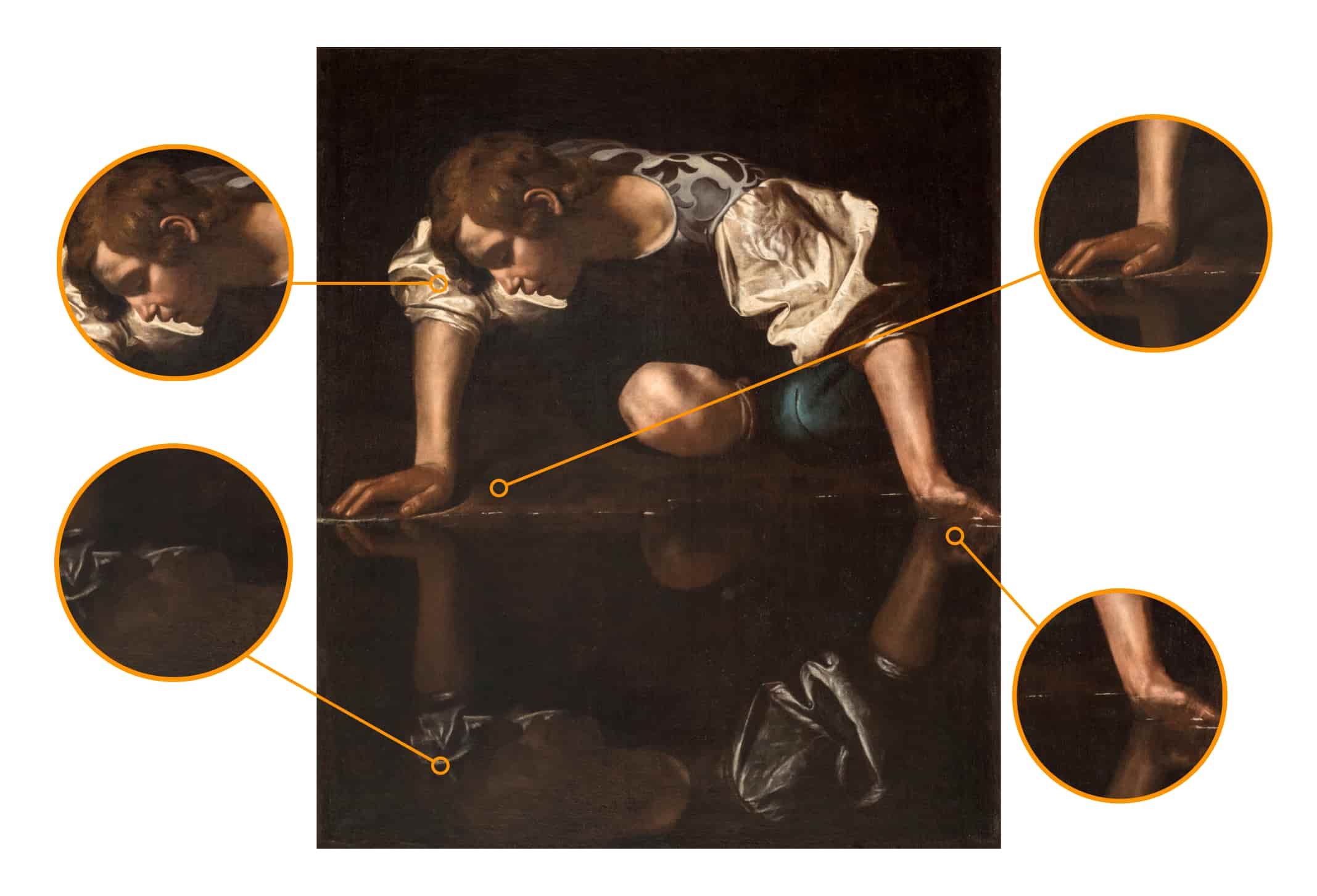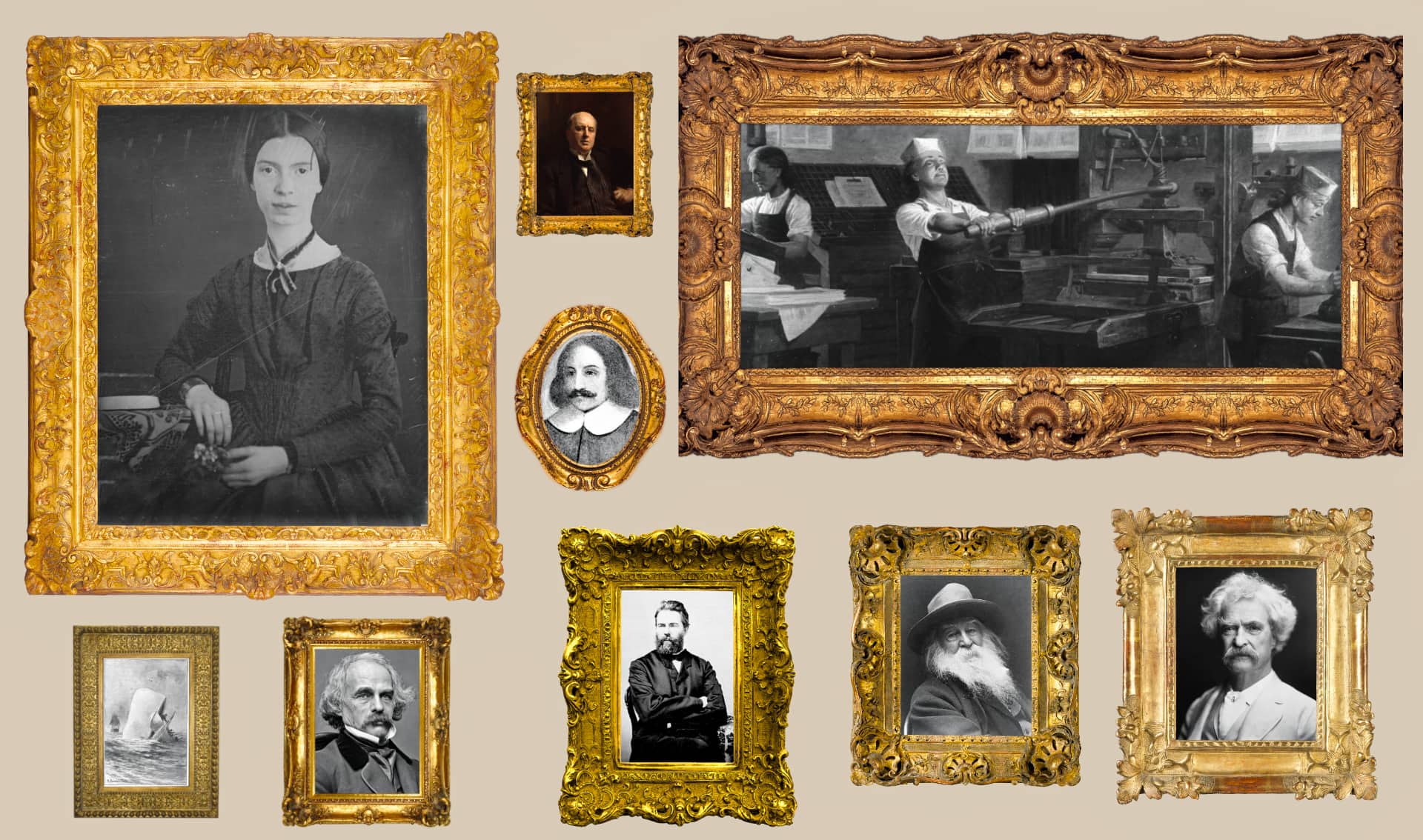UN-aligned
The Gordian
Recent
‘Booming out the propaganda narrative’: UK media alarm over Russian spy ship misrepresents Law of the Sea
The British government is self-evidently lying about a Russian ship being in 'UK waters', and shining lasers into pilots' eyes. So why is every media outlet's defence correspondent echoing these lies?
A domestic army in pictures: Inside the far-right art of ICE's recruitment ads
ICE’s new recruitment posters deliberately echo 1940s wartime propaganda, and the message is clear: we are at war with immigrant

A world of paper promises: The betrayal of women from Gaza to Sudan
International agreements promised to protect them from violence, hunger, and inequality. But in the world's most brutal war zones, those promises are worthless, forcing millions of women to survive in a system designed to ignore them.

Revolution without borders: Why some uprisings spread and others do not
Anger can ignite revolt, but only organisation sustains it. Without vision, unity and plans for governance, revolutions collapse or repeat the tyranny they resist. The chance to prove otherwise may be closer than we think.

Rivers of the air: How atmospheric rivers shape weather, water and climate
Long, invisible streams of moisture called atmospheric rivers transport immense volumes of water vapour around the planet. They nourish ecosystems and refill reservoirs—but in a warming world, they’re also becoming more intense, destructive and unpredictable.

They called him 'Osama bin Mamdani'. New York called him mayor
Despite a campaign of vicious Islamophobic smears, 34-year-old Zohran Mamdani has made history. And his victory ushers in a new progressive era for a city hungry for change.

'The world loses a Dick': Cheney's obituary
The former US vice-president's death closes a career marked by war, torture and ruthless power.

The mirror and the light: Caravaggio and the enigma of Narcissus
When Narcissus emerged from obscurity in 1913, it reignited fascination with a timeless myth and the men who painted its tragedy. Whether born of Caravaggio's brush or not, it reveals the myth's core - the moment when reflection turns to obsession and beauty gives way to loss.

Art, music and leisure: American creativity in the early twentieth century
The early twentieth century brought a surge of American creativity as artists embraced abstraction, architects reshaped cities and cinema became a national passion, capturing both ambition and unease in a rapidly changing country.

I was supposed to chase a government job in Bangladesh. Instead, I chose to fight for justice
A national fixation on civil service careers is draining talent from Bangladesh's courtrooms. Now, the NILS student network is equipping a new generation with the advocacy skills and professional networks to revitalise the legal profession from the ground up.

The ceasefire lie: How Trump’s plan turned genocide into a PR triumph
While Israel continued its killing, Trump’s 'ceasefire' served as an effective cover-up, with our media helping to manufacture the illusion.

’A death sentence in a different form’: Rohingya women on their struggle for survival in the world's largest refugee camp
Years after escaping the bullets in Myanmar, the terror for Rohingya women in Bangladesh is now a slow-burning crisis of hunger, violence and despair. Three mothers fight to keep hope alive for a generation born into a world that has rendered them invisible.

The fresco that saved a city: Piero Della Francesca's Resurrection and its enduring power
Aldous Huxley’s praise for Piero della Francesca’s Resurrection once moved a British officer to spare a town—showing how art can outlast war and shape destiny.

The seven deadly sins of modern democracy
Democracy, as we know it, is mortally wounded; the noblest act now is to let it die and replace it with a more idoneous form of governance, one that preserves the best of the ideals that have been usurped.

A trap disguised as peace: Trump's Gaza plan is an ultimatum for surrender
Trump's deal offers no accountability for genocide, no end to apartheid and no justice for victims. It is a blueprint for continued colonial repression and permanent Israeli impunity.
‘Maintaining our inner peace’ on Gaza is complicity. Here's the psychological cost of our silence
The phrase ‘I don’t know enough’ feels like a personal admission of humility. It is, in fact, the political slogan of a generation taught to mistake individual powerlessness for a lack of moral responsibility.

Forging a new canon: The birth of American literature
The birth of a new literary American tradition attempting to create an original identity, distinct from its European roots.

Earth's weather-makers: The climate engines driving global drought
Weakening Atlantic and Indian Ocean circulations, alongside persistent heat domes and Pacific climate swings, are intensifying droughts, undermining crops and water supplies and putting millions at risk of hunger worldwide.

Why international law remains an illusion - And the prospect of a nation beyond sovereignty
So long as states control legal enforcement, international justice remains out of reach. Could a sovereign body of supranational law break the grip of Westphalia?

Yemen’s silent front: Women and the war that never ends
For women in Yemen, war is not only fought with bombs, it is felt in childbirth, hunger and the daily struggle for survival.




